Retro Replay Review
Gameplay
ERU: Emergency Response Unit places you in command of critical humanitarian missions, tasking you with coordinating relief efforts across a variety of disaster-stricken regions. From the outset, you’ll find yourself establishing a base camp, managing resources, and dispatching vehicles such as Land Cruisers, Ford Transits, M6 trucks, helicopters, and airplanes loaded with medical, relief, construction, protection, shelter, water sanitation, and body recovery units. The intuitive interface, with tasks laid out in the bottom-left corner and a minimap for quick navigation, ensures that even casual players can jump right in without feeling overwhelmed.
Although you don’t have granular micromanagement over each individual unit, ERU compensates with meaningful decision points: you can evaluate evolving situations in the field, abort or redirect ongoing operations, and choose between different approaches to handle emergencies. This design choice streamlines gameplay and keeps players focused on strategic planning rather than tedious unit control, staying true to the game’s educational mission while maintaining a brisk pace.
Each mission is time-limited, adding a layer of urgency that forces you to prioritize tasks and allocate supplies wisely. Wasteful use of resources triggers an Antonov cargo plane drop, but these emergency shipments count against your final score, incentivizing careful planning. Additional optional objectives—like clearing debris or negotiating with local authorities—offer strategic benefits by unlocking faster navigation routes or enlisting volunteer support, yet remain non-essential so newcomers can still progress without feeling penalized.
Graphics
ERU adopts a clean, top-down perspective that strikes a balance between clarity and visual appeal. While it doesn’t boast photorealistic textures or advanced lighting, the stylized art and clear color-coding of units, roads, and disaster zones make it easy to identify vehicles, resource caches, and areas in need of aid at a glance. The simplicity of the visuals supports the game’s educational goals, ensuring that players of all ages can quickly interpret the map.
On the Windows version, the resolution options and interface scaling help maintain legibility even on larger monitors, while the browser adaptation remains faithful to the original’s visual fidelity. Animations—such as rescue helicopters touching down or trucks unloading supplies—are smooth and purposeful, reinforcing the feel of a real-time strategy game without overloading the system. Transitions between zoom levels are snappy, and the minimap dynamically updates as you move around, providing a reliable overview of unfolding events.
Environmental effects, like dust clouds after an earthquake or floodwaters encroaching on villages, are conveyed through simple particle effects that communicate urgency without distracting from core gameplay. Though not pushing the envelope of modern graphics technology, ERU’s visual presentation is consistent, accessible, and well suited to its goal of educating players about humanitarian logistics rather than dazzling them with flashy visuals.
Story
Rather than a traditional narrative with characters and dialogue, ERU’s story emerges organically through mission briefings and on-the-ground developments. Each scenario—whether handling a drought in East Africa, responding to a conflict zone in the Middle East, or coordinating flood relief in Southeast Asia—includes contextual information about the local conditions, population needs, and available infrastructure. This framework grounds the strategic gameplay in real-world issues and underscores the complexity of humanitarian operations.
Mission briefings are concise but informative, highlighting the stakes and constraints you’ll face. As you progress, the optional side tasks further develop the backdrop: negotiating safe passage with local leaders reveals political dynamics, while debris clearance paints a picture of overwhelmed communities yearning for assistance. These elements combine to create an emergent narrative, fostering empathy and awareness without resorting to scripted cutscenes.
By keeping the story focused on the relief efforts themselves, ERU emphasizes the value of coordination, resource management, and timely intervention. You don’t just play as a commander; you experience the moral weight of each decision—every delayed shipment or misallocated supply can directly impact the simulated lives of civilians. This approach makes the game both an engaging strategy experience and a thoughtful primer on the challenges faced by organizations like the Red Cross.
Overall Experience
ERU: Emergency Response Unit is a compelling blend of accessible real-time strategy and educational simulation. The game’s core loop—setting up base camps, assigning teams, managing supplies, and reacting to evolving conditions—remains engaging across its three difficulty levels. Casual players will appreciate the forgiving controls and clear objectives, while more seasoned strategists can aim for top scores by optimizing resource usage and completing optional tasks.
The balance between simplicity and depth is one of ERU’s greatest strengths. You won’t find complex tech trees or intricate unit stats here; instead, the challenge lies in logistical planning and quick decision-making under pressure. The minimap, time limits, and consequences tied to supply waste all reinforce the importance of efficiency, mirroring the real-world demands of humanitarian missions.
As both an educational tool and a standalone strategy title, ERU succeeds in raising awareness about relief operations while delivering satisfying gameplay. Its browser-based adaptation ensures broad accessibility, making it an excellent choice for schools, NGOs, or anyone interested in a meaningful gaming experience. If you’re seeking an RTS that combines human impact with solid mechanics, ERU: Emergency Response Unit is well worth your time.
 Retro Replay Retro Replay gaming reviews, news, emulation, geek stuff and more!
Retro Replay Retro Replay gaming reviews, news, emulation, geek stuff and more!
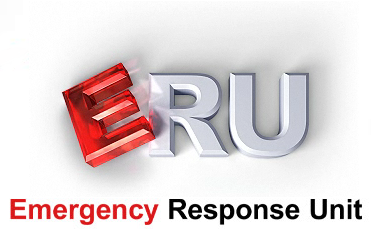
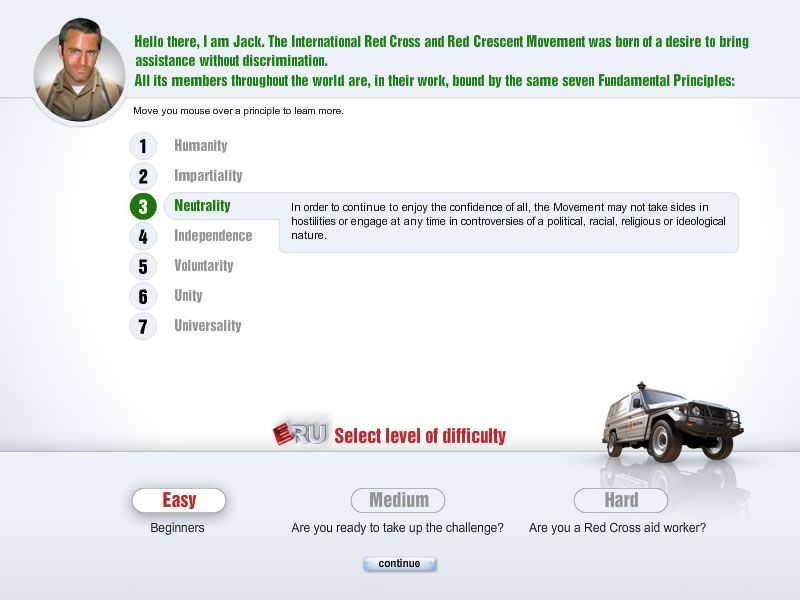
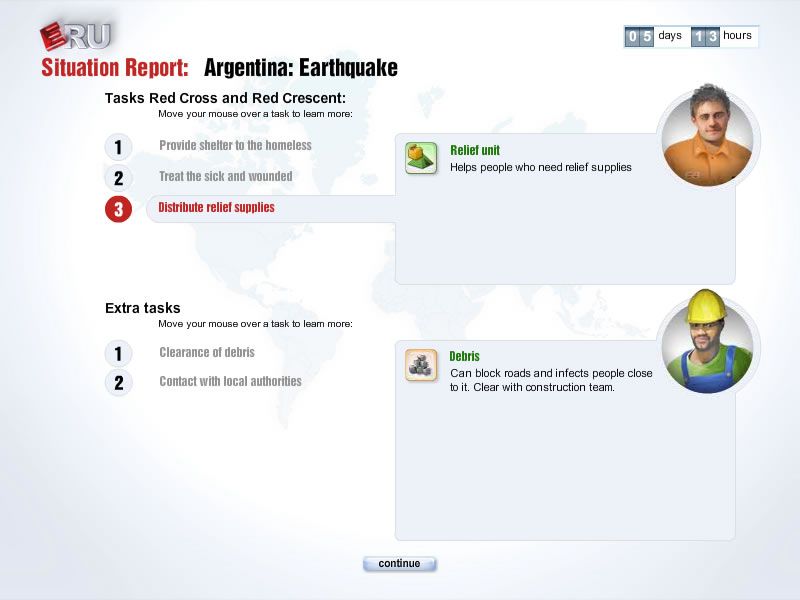
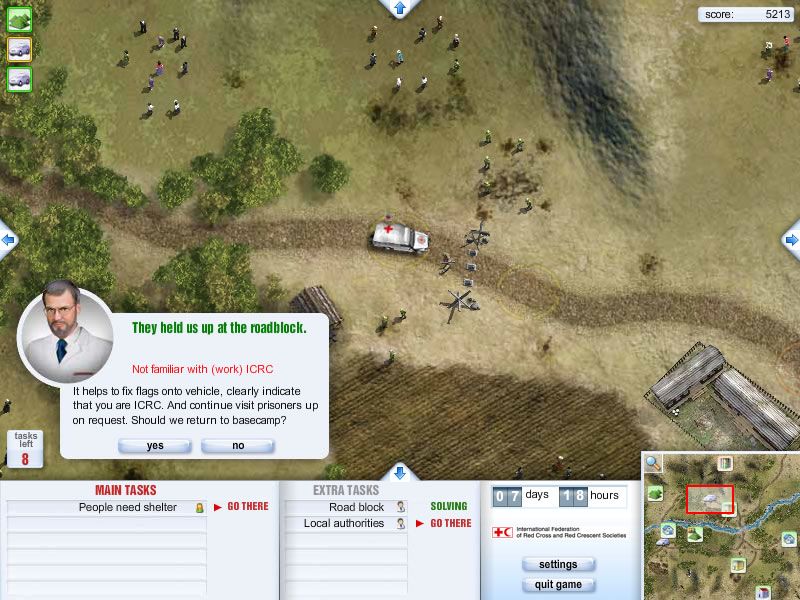
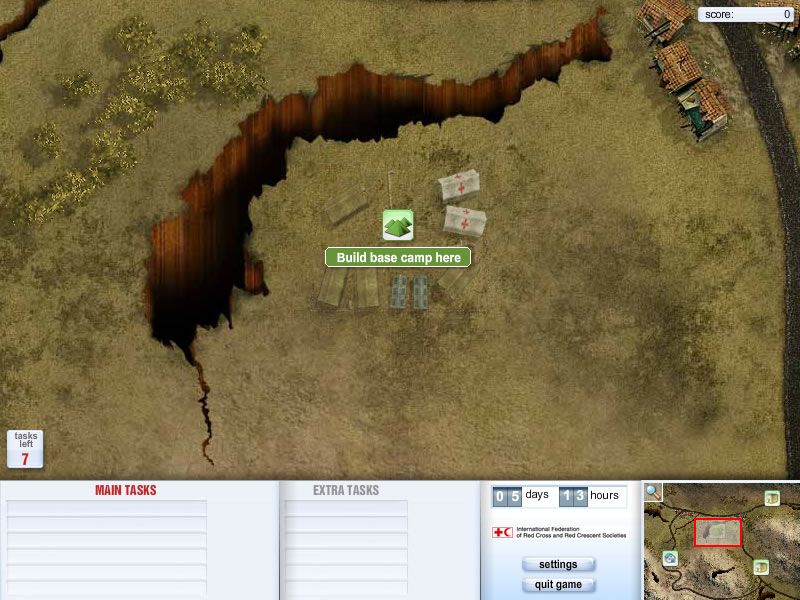
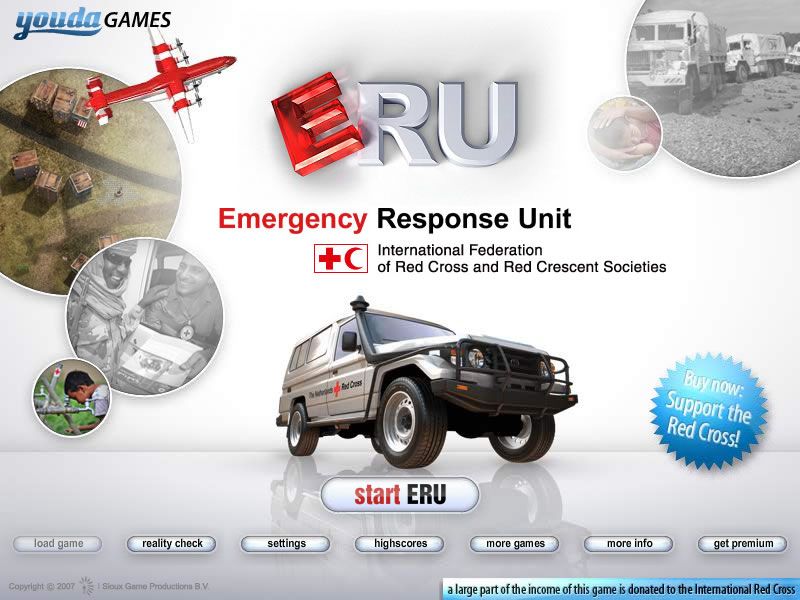



Reviews
There are no reviews yet.